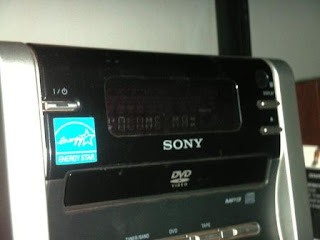I am grateful for all organizations that strive to improve
their communities but there are some that stand out above the rest. The
difference, at least in concept, is simple: they see the big picture.
Outdoor Outreach is one of those organizations. I had the
privilege of volunteering with them last weekend on their kayak tour through
the La Jolla Kelp Forest and caves (AKA the Matlahuayl State Marine Reserve).
From their website, their stated mission is to “empower at-risk and
underprivileged youth to make positive lasting changes in their lives through
comprehensive outdoor programming.” But they don’t stop there. They don’t pretend
that this concisely stated goal is so important that they can just ignore the
other details. Details like eating a healthy lunch during the outings, not just
ordering fast food; bringing reusable water bottles, not adding more plastic to
the oceans; talking about science on a Saturday morning, not just splashing
each other and trying to flip each other’s kayaks (although there was still
plenty of that…).
 |
| Learning the differences between and sea lions & seals and pelicans, gulls, & cormorants. Cormorants can hold their breath down to 170 feet to go fishing! Photo credit: Jason Ward Studios, 2013. |
Outdoor Outreach is a group with a vision for the big
picture. I was quite lucky to have had the chance to kayak with OO in the local
kelp forest, just south of Scripps Pier. Not only did I have a blast paddling
around, but it was really fun to talk to the kids and other volunteers,
everyone stoked to be spending their weekend on the beach and ocean. I thought
I was volunteering to teach, but I learned a lot! People often assume that all
oceanographers know about everything that lives in the ocean. We don’t. Well,
at least, I know I don’t. I learned about the different types of kelp that reside
in La Jolla (giant, elkhorn, & feather), sat above the Rose Canyon Fault,
and discovered that only sea lions bark, not seals. To a chemist, learning this
biology and geology was pretty cool, especially since it’s right in my “backyard.”
 |
| Outdoor Outreach's Adventure Clubbers answering questions about ocean acidification, pollution, and conservation. Photo credit: Jason Ward Studios, 2013. |
I had a couple opportunities to talk about chemical changes
in the ocean as a result of human pollution, notably ocean acidification (OA).
OA is the result of human-produced carbon dioxide dissolving into seawater,
decreasing the ocean’s pH. Many creatures have a harder time surviving in these
lower pH waters and many of them are either creatures we like to eat (like
oysters) or form the bottom of the food chain for other critical (and tasty) species.
We played a quick game where kids had to figure out whether certain common
activities contributed more to pollution or conservation, and to what degree
(for example, eating fast food produces much more pollution than eating fresh,
local fruits and veggies and biking to work or school instead of driving an SUV
counts toward conservation).
At the end of the day, though, I learned far more from the
experience than I could ever hope to teach. Thanks again to Outdoor Outreach
for doing such an amazing job and letting me play a small part. I can’t wait to
get back out there!



